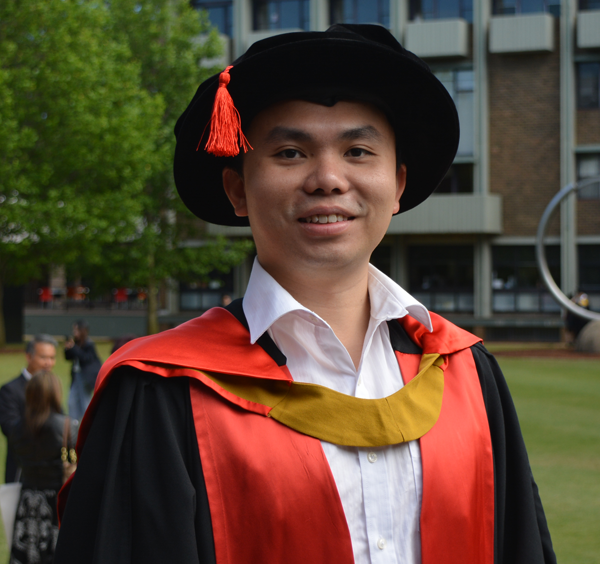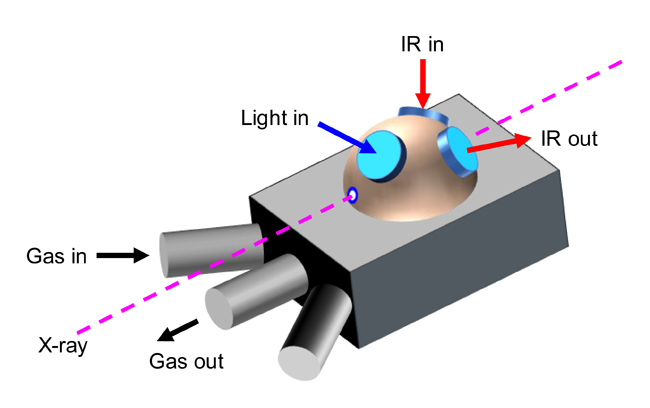
Dr. Roong Jien Wong (RJ) completed his PhD in Chemical Engineering in 2017 under the supervision of Prof. Rose Amal at UNSW, Australia. He is currently a Research Fellow at RMIT University in Melbourne, Australia, and has a wide range of experience in heterogeneous catalysis research for renewable energy and environmental remediation, including photocatalysis, electrocatalysis, photoelectrocatalysis, thermal catalysis, and photothermal catalysis. RJ had previously designed several reactor systems and components for high pressure photothermal catalysis, electrochemistry, and photochemistry. His experience in multiple research areas enables him to gain insights into the commonalities in catalyst properties for various catalytic reactions. His research focuses on catalyst design for sustainable chemistry, combining electron spectroscopy and vibrational spectroscopy to probe the structure-function relationship in catalysis. He believes the key to a sustainable future is through carbon recycling, converting waste to sustainable fuels and products.
RJ was a Visiting Researcher at the UK Catalysis Hub for three months at Research Complex at Harwell, in collaboration with Prof. Richard Catlow and Dr. Emma Gibson to develop a combined in situ XAFS/DRIFTS reactor for high pressure experiments, in particular CO2-to-methanol synthesis. The work was partly funded by Australian Synchrotron under the International Synchrotron Access Program. The work involved modification of the current XAFS/DRIFTS reactor system for high pressure applications, which can also be applied in ammonia synthesis or Fischer-Tropsch reactions.
“Working at the Research Complex at Harwell (RCaH) was a truly remarkable experience. RCaH is very well equipped with a wide range of expertise and advanced equipment. The friendly researchers and supportive staff make RCaH a pleasant place to work. My time at RCaH has opened up many opportunities for new collaborations, networking, and learning new skills and techniques. The huge amount of resources available makes RCaH an excellent place for ECRs to learn and grow, to explore different areas of research, and to interact with researchers from different places, especially the UK catalysis community. The work carried out at RCaH and Diamond Light Source also gave me the opportunity to receive intensive training on the XAS beamline and be part of the wider global synchrotron community. Being in the UK also gave me the opportunity to make short visits to other universities, including University of Glasgow, Cardiff University, University College London and Imperial College.”
The visiting research at the UK Catalysis Hub/RCaH ended with a manuscript in preparation and two more proposals for Diamond Light Source, creating the opportunity for future international collaboration.





